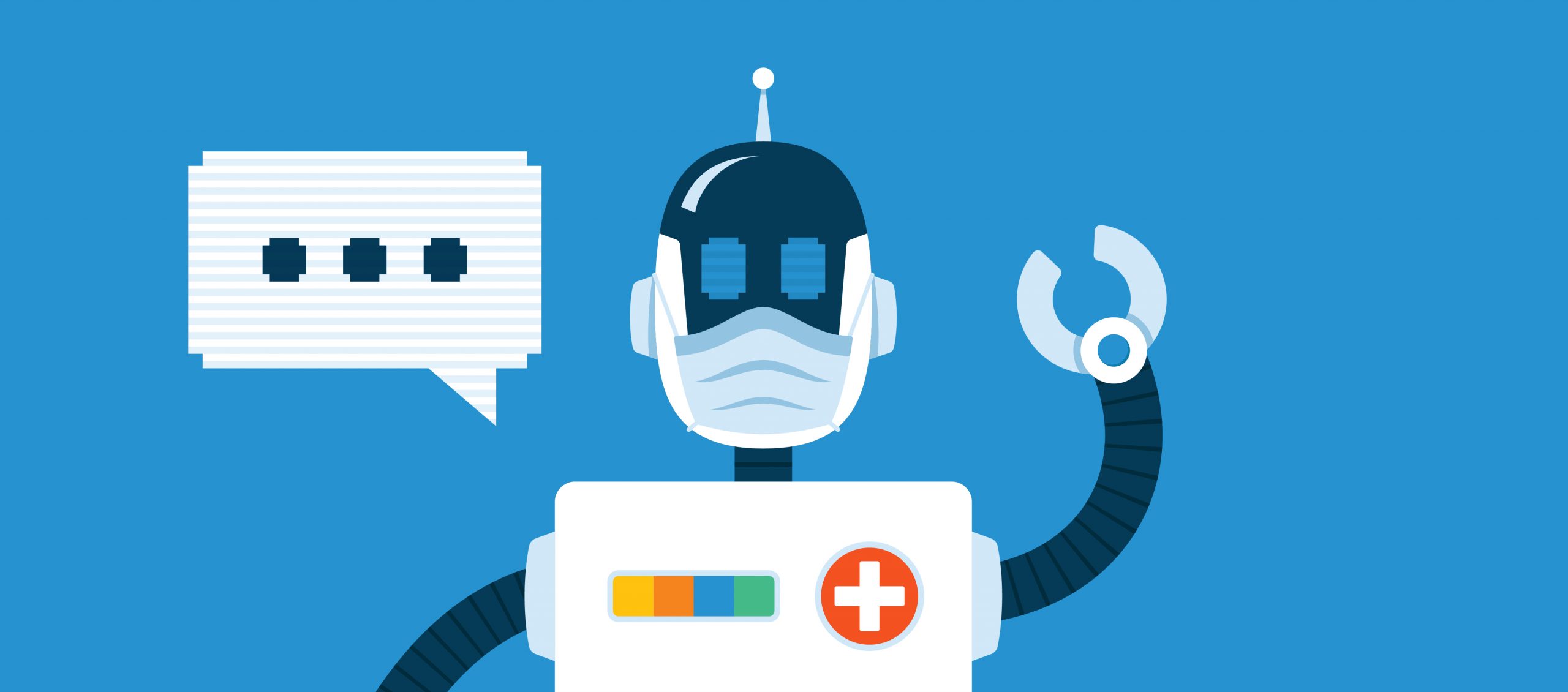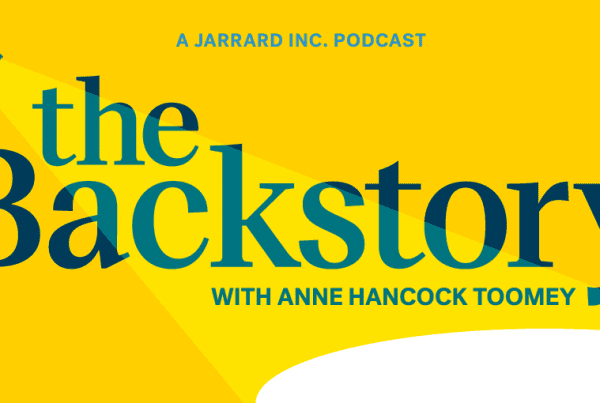The Big Story: The Robot Doctor Will See You Now
“The promise for patients is obvious: fewer bottlenecks, shorter waits and potentially better outcomes. For doctors, there’s potential for A.I. to alleviate the routine burdens so that health care might become more accurate, efficient and — paradoxically — more human.”
What (or Who) is Healthcare Today?
By Alex Hunter
4-minute read
AI in healthcare has long been framed as a tool to augment doctors, not replace them. But what if it can replace doctors? What if it does?
An opinion column in the Times by cardiologist and futurist Eric Topol and AI researcher and startup founder Pranav Rajpurkar challenges the augmentation idea. They argue that AI has now reached a point where it can actively replace certain physician tasks.
Slippery slope? Brave new world? Skynet incoming? Helpful tool? Solution to burnout? Hype? All reasonable interpretations.
Not so fast, say providers. Our research finds less than half of nurses, physicians and patients trust AI for clinical decision support. For today, at least. But tomorrow?
There’s no question that the sophistication and applicability of AI in healthcare (like everywhere else) has rushed forward over the last 24 months and certainly since Topol’s first AI-specific book in 2019. With the technology legitimately outperforming physicians on some clinical and administrative processes, it’s not going to recede into the background.
AI is too fast, too accurate and too cheap to ignore. It’s going to rapidly advance into every corner of society, healthcare included.
But replace a doctor? Replace a nurse? It’s time for an intentional conversation about these questions – lest the frenetic pace of change and financial pressures answer it for us. And then, looking back from one day in the future, we wonder, “How did that happen?”.
It’s good we have people like Topol to push the conversation and challenge our industry to work through the potential implications. It forces us to grapple with urgent questions about trust, the role of physicians and other clinicians and the future of medical care.
Augmenting Trust
Aside from making big strides in diagnostic accuracy, AI is stepping into administrative tasks. Scribing, scheduling, claims processing, you know the list.
CFOs for healthcare providers and payers alike are implementing technology to cut costs and boost efficiency. Not hoping it will do those things, as was the conversation a couple of years ago. Actually doing them.
But not everyone is sold on the idea. Most people aren’t, in fact.
Chicken and egg, right? Does trust have to be locked in to implement a change? Or do you build trust by showing the value of change as you go through it? Bit of both, but we’d err on the side of having trust first.
And where do we stand on clinician trust today? A few numbers from recent Jarrard surveys paint the picture:
- Barely a third of nurses express trust of AI in healthcare settings for clinical decision support (31%) and administrative tasks (35%).
- While also skeptical, physicians are more positive towards AI than their nurse colleagues. About 48% trust AI for clinical decision support and 58% say the same for administrative tasks.
- Zooming out to tech in general, two-thirds of nurses say that technology has been a positive force in healthcare. But only half (51%) say that AI in a clinical setting is either currently helpful or will become more helpful in the future. That rises slightly to 58% when it comes to AI in administrative contexts.
That’s inside the industry. What about the people whose lives may be affected by the use and accuracy of AI?
A lot of work remains to convince people that this isn’t just the future but the right one.
In our State of Play 2025 national consumer survey, we found that 42% of the public trust AI for clinical use, while 46% have little to no trust in it.
Thinking about the use of AI in a clinical setting, doctors and nurses are beginning to use AI to help diagnose and treat patients. Please indicate how much you trust the use of AI by doctors and nurses in providing medical care.

The challenge becomes clearer when comparing trust in AI to trust in actual human caregivers: 80% of the public trusts their doctors and nurses to make good medical decisions on their behalf.
A doctor can look you in the eye. A doctor can communicate the nuances of your situation. Reassure you and your loved ones. Pause to allow you to absorb information. That’s where trust is built.
The question – raised by Topol and plenty of others – therefore becomes: Will AI handling diagnostics free doctors to focus on human care – or will it erode trust and depersonalize medicine?
A Bold but Inevitable Shift
The idea of AI replacing doctors is a deeply uncomfortable topic. It’s far easier to talk about how technology can serve to augment than about how it could replace. But whether or not AI ultimately does begin to replace caregivers, is a topic that must be addressed as an industry and within each organization.
Healthcare is already being redefined, and new avenues have opened up. What is “healthcare” or a “provider” even? In his 2014 book, The Patient Will See You Now, Topol writes about the power of smartphones to give individuals better access to and control over their health and health data. Today, our phones, watches and rings can all collect biometric information that informs our relationship with our health. Are those things “providers?”
Meanwhile, genetic testing, including direct-to-consumer testing, is widely available. That technology created an entirely new category of healthcare professionals in the form of genetic counselors – people who can interpret the data plus explain, comfort (or celebrate), reassure, provide context.
The lines have blurred and will continue to do so. The financial incentives will continue to pressure organizations to adopt new tools. Those new tools will raise questions and concerns.
So, the conversation to have today is not if AI will change the role of doctors, but how we can ensure it enhances, rather than erodes, patient care. Keep asking the questions and raising the hard possibilities today, so everyone can be ready to manage the change when it comes.
There are additional compelling findings in our latest State of Play survey developed by Jarrard Market Research & Insights, which we formally launched this week. You can get the executive summary here. Ask us for a comprehensive briefing on it.
Contributors: David Shifrin, David Jarrard, Emme Nelson Baxter, Isaac Squyres
Image Credit: Shannon Threadgill




